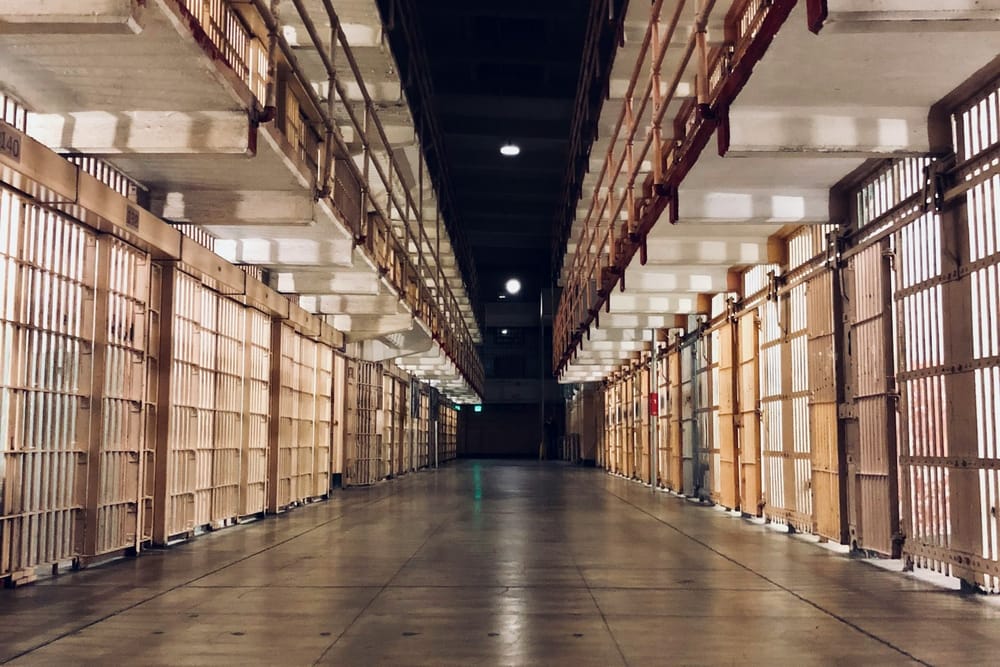Governments and private foundations spend considerable resources each year on prison education (i.e., courses in literacy, vocational skills, and higher education), believing they reduce recidivism and improve reentry success.
But outcomes vary widely. Some programs transform lives; others barely make a difference. The problem? We have little reliable evidence on which work, which fails, and why.
Small sample sizes, inconsistent metrics, and a narrow focus on single programs, facilities, or countries hinder most of this research.
The result is a patchwork of findings that offer little practical guidance for shaping policy or directing funding.
We can change that. A global database of correctional education programs and their outcomes would allow us to better compare results among programs and across borders, identify the most effective models, and adapt them to local contexts, while ending investments in approaches that don’t deliver.
It doesn’t require a billion-dollar grant. We could start small by crowdsourcing data from researchers, NGOs, and practitioners who are already tracking results. Over time, governments, international bodies, and foundations could fund and maintain the platform.
Right now, we build most correctional educational programs on hope and anecdote. With shared knowledge, we could ensure that our investments deliver measurable impact, maximizing education behind bars into one of the most powerful tools for rehabilitation the world has ever known.
This post originally appeared on Medium and is edited and republished with author's permission. Read more of Dr. Jeffrey Ian Ross's work on Medium.
